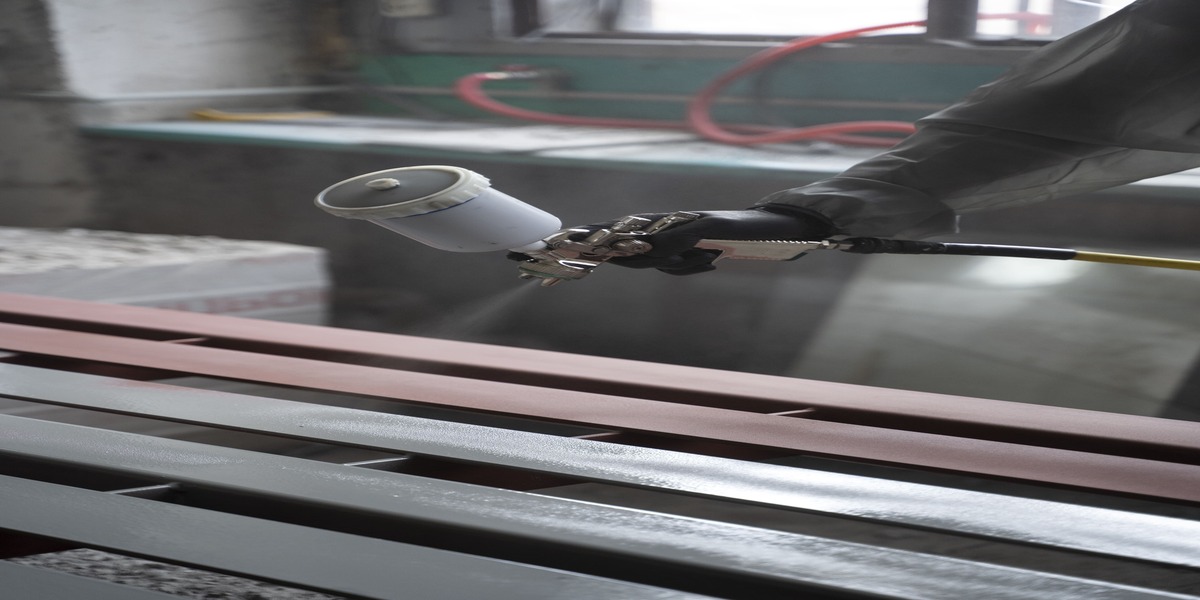Hydrogen Embrittlement (a.k.a. Hydrogen Damage)
Hydrogen embrittlement is an engineering consideration with high-strength steels, titanium, and other high-strength specialty metals.
Hydrogen blistering can occur when hydrogen enters metal because of the reduction reaction on a metal cathode. Single-atom, nascent hydrogen atoms diffuse through the metal until they meet and bond with another nascent hydrogen, usually at inclusions or defects in the metal.
The resultant stable diatomic hydrogen molecules are then too large to permeate the metallic grain structure to outgas and become trapped. Eventually, a gas blister builds up and may split the metal, as shown in the photo below.
Intergranular Corrosion
Intergranular corrosion occurs at or adjacent to the grain boundaries of an alloy. A highly magnified cross-section of commercial alloys shows a granular structure. Each grain has a clearly defined boundary that chemically differs from the metal within the grain center. Heat treatment of stainless steel and aluminum alloys accentuates this problem.
Pitting Corrosion
Passive metals like stainless steel resist corrosive media and can perform well over long periods. However, if corrosion does occur, it forms pits randomly.
Pitting is most likely to occur in the presence of chloride ions combined with depolarizing agents such as oxygen or oxidizing salts.
Uniform Corrosion (a.k.a. General Corrosion, Uniform Etch Corrosion)
Uniform corrosion is a surface effect resulting from a uniform chemical etching of the metal surface. Etching can be caused by any chemical agent that attaches to the metal surface.
This type of corrosion on polished surfaces first manifests as dulling, followed by roughening or a 'frosted' appearance of the once polished metal surface.
Discoloration or dulling caused by exposure to elevated temperatures should not be confused with uniform corrosion.
Preventive Methods
Now that the mechanisms of corrosion and the factors contributing to corrosion are understood, a meaningful examination of conventional preventative measures may be undertaken. Given that a single metallic body may act as both anode and cathode, there are effectively two basic methods of protecting metals from corrosion.
Protective Coatings
Protective coatings can effectively control corrosion by creating a physical film barrier that prevents contact between the metal and at least one corrosion factor, such as oxygen, water, and/or electrolytic salts (in water, create an electrolytic solution). However, these coatings are only effective if they maintain adherence to the metal and don't get scratched, develop holidays, or other coating breaches.
Electronic Protection
Transfers the electrons by electronic conduction to a location where the corrosion can occur without harm. Another method is the use of imposed electric potentials from external power supplies. However, this method is less common due to economic factors.
Frequently Asked Questions
1. What innovative corrosion prevention techniques are being developed specifically for high-strength steels in industries such as aerospace, automotive, and construction?
Some of the innovative corrosion prevention techniques developed to address the unique challenges are :
Advanced Surface Coatings
These coatings may incorporate nanomaterials, polymers, or ceramic compounds to provide enhanced barrier protection against corrosive environments while maintaining the mechanical properties of the steel.
Corrosion-Resistant Alloys
Metallurgists are continually refining alloy compositions to improve the inherent corrosion resistance of high-strength steels
Surface Modification Techniques
These techniques can create a hardened surface layer that is more resistant to wear, abrasion, and corrosion, thereby extending the service life of components in harsh environments.
Create an account to read the full article
Create Account
Already have an account? Sign in

